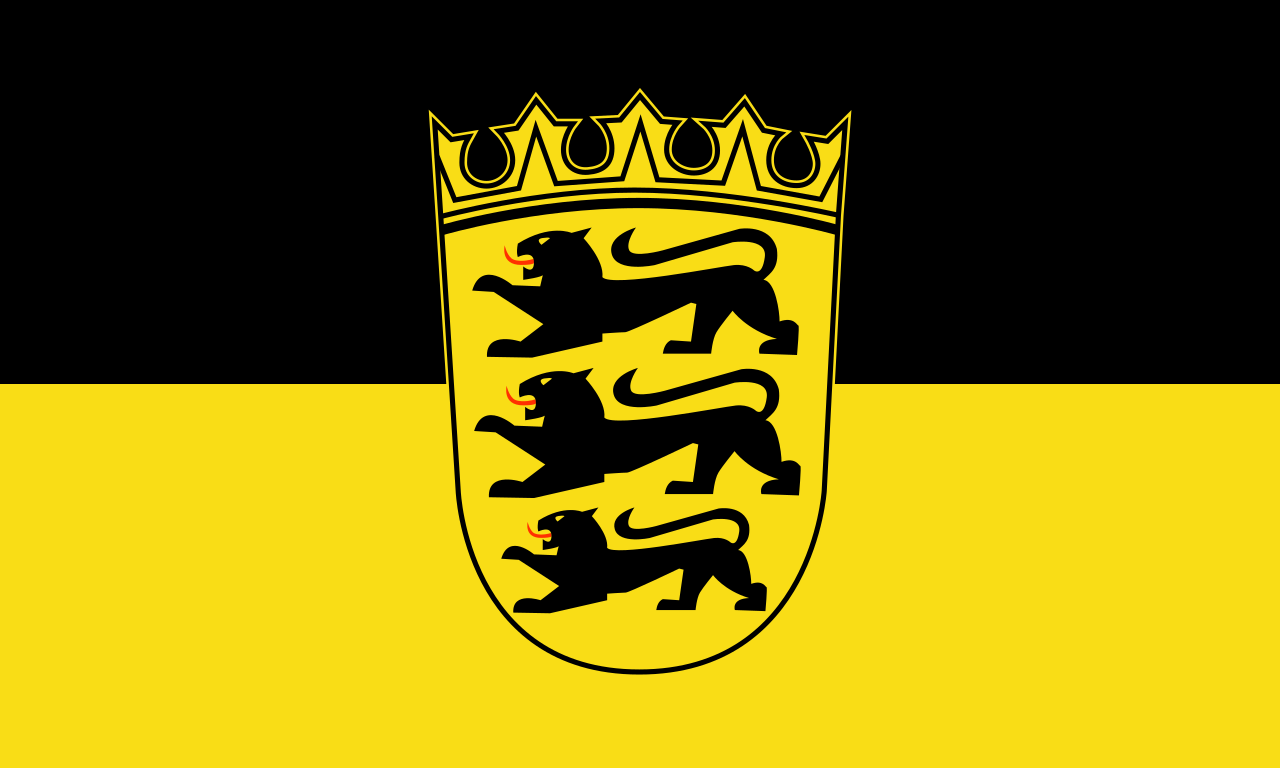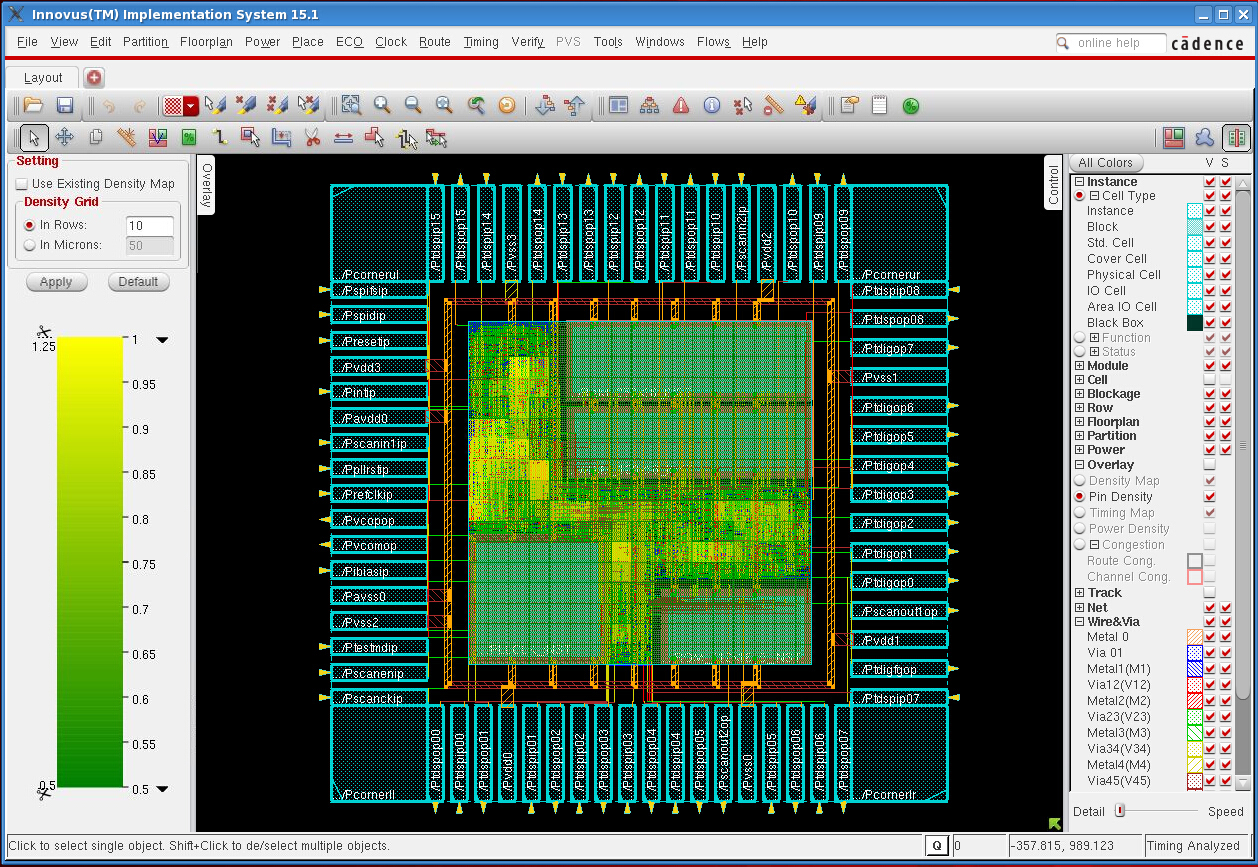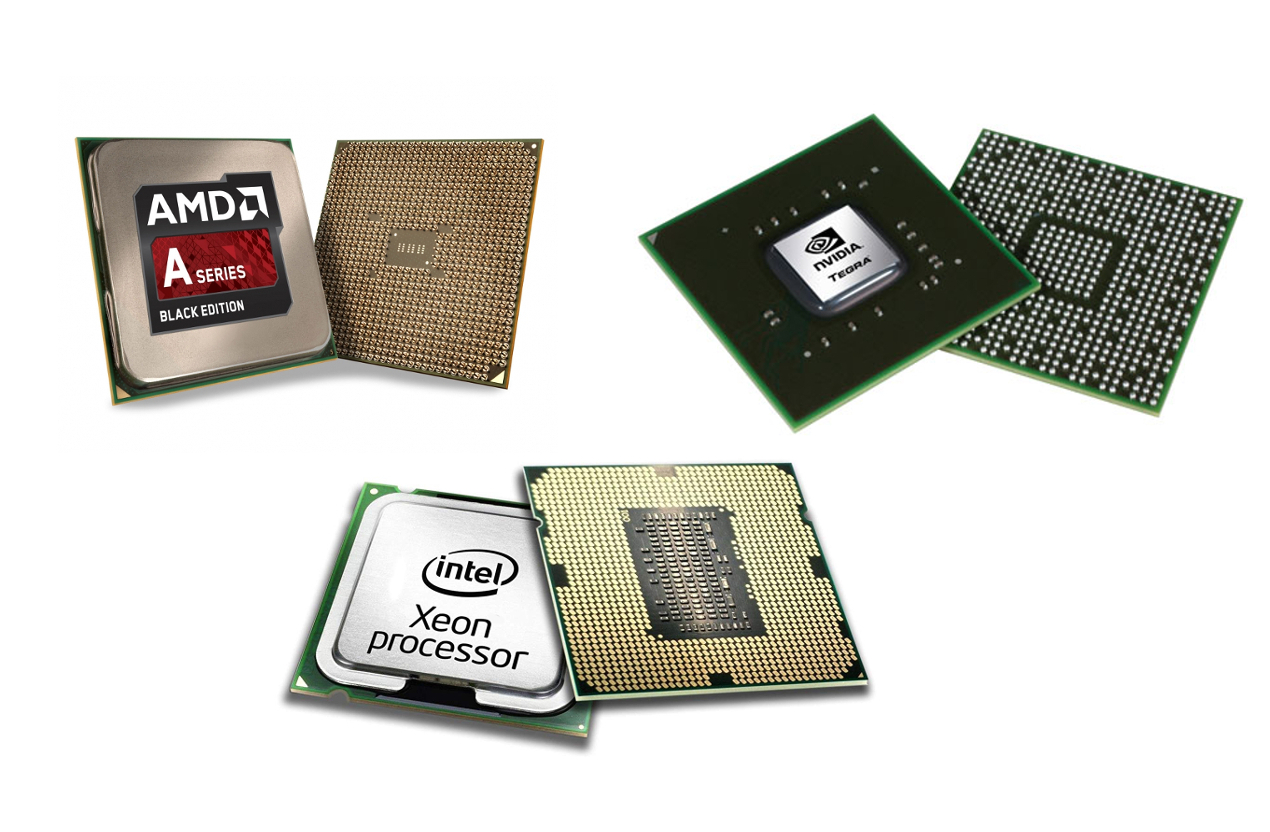
Deutsch-Chinesische Enzyklopädie, 德汉百科




 Automobile
Automobile
 ***Technology
***Technology



 Automobile
Automobile
 *Automotive supplier
*Automotive supplier



 Automobile
Automobile
 *Self-driving car
*Self-driving car



 Automobile
Automobile
 *Electric car engine
*Electric car engine

 Baden-Wuerttemberg
Baden-Wuerttemberg
 Germany
Germany


 IT-Times
IT-Times
 Internet of Things
Internet of Things


 IT-Times
IT-Times
 Sensor
Sensor


 IT-Times
IT-Times
 Semiconductor technology
Semiconductor technology


 IT-Times
IT-Times
 IC
IC


 IT-Times
IT-Times
 MCU
MCU


 IT-Times
IT-Times
 Driver assistance systems
Driver assistance systems

 Kitchen equipment
Kitchen equipment

 Life and Style
Life and Style

 Companies
Companies
 *Centuries-old companies in the world
*Centuries-old companies in the world

 Science and technology
Science and technology
 Global Innovators
Global Innovators


 California-CA
California-CA


 IT-Times
IT-Times
 IC
IC


 IT-Times
IT-Times
 Semiconductor technology
Semiconductor technology


 IT-Times
IT-Times
 Sensor
Sensor
 United States
United States

 Science and technology
Science and technology
 Global Innovators
Global Innovators

 EDA
EDA


 IT-Times
IT-Times
 Graphics card/Video card
Graphics card/Video card


 IT-Times
IT-Times
 Processing Units - CPU, GPU, APU, TPU, VPU, FPGA, QPU, IPU, PIC
Processing Units - CPU, GPU, APU, TPU, VPU, FPGA, QPU, IPU, PIC


 IT-Times
IT-Times
 IC
IC



 IT-Times
IT-Times
 Sensor
Sensor


 IT-Times
IT-Times
 Printer/Photocopier/Scanner
Printer/Photocopier/Scanner


 IT-Times
IT-Times
 IC
IC


 IT-Times
IT-Times
 Semiconductor technology
Semiconductor technology
 Japan
Japan
 Kantō
Kantō

 Life and Style
Life and Style
 Photo camera
Photo camera

 Science and technology
Science and technology
 Global Innovators
Global Innovators


![]()
互补式金属氧化物半导体(英语:Complementary Metal-Oxide-Semiconductor,缩写作 CMOS;简称互补式金氧半),是一种集成电路的设计工艺,可以在硅质晶圆模板上制出NMOS(n-type MOSFET)和PMOS(p-type MOSFET)的基本元件,由于NMOS与PMOS在物理特性上为互补性,因此被称为CMOS。此一般的工艺上,可用来制作电脑电器的静态随机存取内存、微控制器、微处理器与其他数字逻辑电路系统、以及除此之外比较特别的技术特性,使它可以用于光学仪器上,例如互补式金氧半图像传感装置在一些高级数码相机中变得很常见。
互补式金属氧化物半导体具有只有在晶体管需要切换启动与关闭时才需消耗能量的优点,因此非常节省电力且发热量少,且工艺上也是最基础而最常用的半导体元件。早期的只读存储器主要就是以这种电路制作的,由于当时电脑系统的BIOS程序和参数信息都保存在ROM和SRAM中,以致在很多情况下,当人们提到“CMOS”时,实际上指的是电脑系统之中的BIOS单元,而一般的“CMOS设置”就是意指在设定BIOS的内容。
Complementary metal-oxide-semiconductor (engl.; ‚sich ergänzender Metall-Oxid-Halbleiter‘), Abk. CMOS, ist eine Bezeichnung für Halbleiterbauelemente, bei denen sowohl p-Kanal- als auch n-Kanal-MOSFETs auf einem gemeinsamen Substrat verwendet werden.
Unter CMOS-Technik bzw. CMOS-Technologie versteht man
- sowohl den verwendeten Halbleiterprozess, der zur Realisierung von integrierten digitalen wie analogen Schaltungen verwendet wird,
- als auch eine Logikfamilie. Die CMOS-Technologie stellt heutzutage die meistgenutzte Logikfamilie dar und wird hauptsächlich für integrierte Schaltkreise (ICs) verwendet.
Die Technik wurde 1963 von Frank Wanlass beim Halbleiterhersteller Fairchild Semiconductor entwickelt und auch patentiert.[1][2]
Complementary metal–oxide–semiconductor, abbreviated as CMOS /ˈsiːmɒs/, is a technology for constructing integrated circuits. CMOS technology is used in microprocessors, microcontrollers, static RAM, and other digital logic circuits. CMOS technology is also used for several analog circuits such as image sensors (CMOS sensor), data converters, and highly integrated transceivers for many types of communication. In 1963, while working for Fairchild Semiconductor, Frank Wanlass patented CMOS (US patent 3,356,858).
CMOS is also sometimes referred to as complementary-symmetry metal–oxide–semiconductor (or COS-MOS).[1] The words "complementary-symmetry" refer to the typical design style with CMOS using complementary and symmetrical pairs of p-type and n-type metal oxide semiconductor field effect transistors (MOSFETs) for logic functions.[2]
Two important characteristics of CMOS devices are high noise immunity and low static power consumption.[3] Since one transistor of the pair is always off, the series combination draws significant power only momentarily during switching between on and off states. Consequently, CMOS devices do not produce as much waste heat as other forms of logic, for example transistor–transistor logic (TTL) or N-type metal-oxide-semiconductor logic (NMOS) logic, which normally have some standing current even when not changing state. CMOS also allows a high density of logic functions on a chip. It was primarily for this reason that CMOS became the most used technology to be implemented in very-large-scale integration (VLSI) chips.
The phrase "metal–oxide–semiconductor" is a reference to the physical structure of certain field-effect transistors, having a metal gate electrode placed on top of an oxide insulator, which in turn is on top of a semiconductor material. Aluminium was once used but now the material is polysilicon. Other metal gates have made a comeback with the advent of high-κ dielectric materials in the CMOS process, as announced by IBM and Intel for the 45 nanometer node and smaller sizes.[4]
On appelle CMOS, ou Complementary Metal Oxide Semiconductor, une technologie de fabrication de composants électroniques et, par extension, les composants fabriqués selon cette technologie. Ce sont pour la plupart des circuits logiques (NAND, NOR, etc.) comme ceux de la famille Transistor-Transistor logic (TTL) mais, à la différence de ces derniers, ils peuvent être aussi utilisés comme résistance variable.
Dans ces circuits, un étage de sortie est composé d'un couple de transistors MOSFET N et P placés de manière symétrique et réalisant chacun la même fonction. Du fait de leur caractéristique de fonctionnement inversée, un transistor est passant alors que l'autre est bloquant1 (ils sont donc complémentaires, d'où l'appellation complementary).
Il CMOS (acronimo di complementary metal-oxide semiconductor), è un tipo di tecnologia utilizzata in elettronica digitale per la progettazione di circuiti integrati, alla cui base sta l'uso dell'invertitore a transistor MOSFET.
Si tratta di una struttura circuitale costituita dalla serie di una rete di "Pull-Up" ed una di "Pull-Down": la prima s'incarica di replicare correttamente il livello logico alto LL1 mentre alla seconda è destinata la gestione del livello logico basso LL0. Tale topologia circuitale fu inventata da Frank Wanlass nel 1967.
La rete di Pull-Up è costituita da MOSFET a canale P, che si "accendono" solo se la tensione presente sul gate (misurata rispetto al source) è minore della tensione di soglia. Inversamente la rete di Pull-Down è costituita da MOSFET a canale N che si accendono solo se la tensione presente sul gate (misurata rispetto al source) è maggiore della tensione di soglia.
Per comprendere come sia strutturata la tecnologia CMOS può risultare utile osservare una porta logica NOT realizzata con tecnologia CMOS. Si può notare come, nell'eventualità che il segnale d'ingresso sia a LL1, sia il solo N-MOS ad attivarsi portando l'uscita a LL0. Inversamente, con l'ingresso a LL0, è il solo P-MOS ad attivarsi portando l'uscita a LL1. Particolarità di questa porta logica è di avere una dinamica logica d'uscita piena, cioè pari alla massima tensione applicata, Vcc; inoltre né la rete di pull-up né la rete di pull-down soffre di effetto body. La componentistica realizzata in questa tecnologia è caratterizzata da un consumo di corrente estremamente basso.
El semiconductor complementario de óxido metálico o complementary metal-oxide-semiconductor (CMOS) es una de las familias lógicas empleadas en la fabricación de circuitos integrados. Su principal característica consiste en la utilización conjunta de transistores de tipo pMOS y tipo nMOS configurados de forma tal que, en estado de reposo, el consumo de energía es únicamente el debido a las corrientes parásitas, colocado en la placa base.
En la actualidad, la mayoría de los circuitos integrados que se fabrican usan la tecnología CMOS. Esto incluye microprocesadores, memorias, procesadores digitales de señales y muchos otros tipos de circuitos integrados digitales de consumo considerablemente bajo.
Drenador (D) conectada a tierra (Vss), con valor 0; el valor 0 no se propaga al surtidor (S) y por lo tanto a la salida de la puerta lógica. El transistor pMOS, por el contrario, está en estado de conducción y es el que propaga valor 1 (Vdd) a la salida.
Otra característica importante de los circuitos CMOS es que son “regenerativos”: una señal degradada que acometa una puerta lógica CMOS se verá restaurada a su valor lógico inicial 0 ó 2, siempre que aún esté dentro de los márgenes de ruido que el circuito pueda tolerar.


中央处理器 (英语:Central Processing Unit,缩写:CPU),是计算机的主要设备之一,功能主要是解释计算机指令以及处理计算机软件中的数据。计算机的可编程性主要是指对中央处理器的编程。中央处理器、内部存储器和输入/输出设备是现代计算机的三大核心部件。1970年代以前,中央处理器由多个独立单元构成,后来发展出由集成电路制造的中央处理器,这些高度收缩的组件就是所谓的微处理器,其中分出的中央处理器最为复杂的电路可以做成单一微小功能强大的单元。
中央处理器广义上指一系列可以执行复杂的计算机程序的逻辑机器。这个空泛的定义很容易地将在“CPU”这个名称被普遍使用之前的早期计算机也包括在内。无论如何,至少从1960年代早期开始(Weik 1961),这个名称及其缩写已开始在电子计算机产业中得到广泛应用。尽管与早期相比,“中央处理器”在物理形态、设计制造和具体任务的执行上有了极大的发展,但是其基本的操作原理一直没有改变。
早期的中央处理器通常是为大型及特定应用的计算机而定制。但是,这种昂贵的为特定应用定制CPU的方法很大程度上已经让位于开发便宜、标准化、适用于一个或多个目的的处理器类。这个标准化趋势始于由单个晶体管组成的大型机和微机年代,随着集成电路的出现而加速。IC使得更为复杂的中央处理器可以在很小的空间中设计和制造(在微米的数量级)。中央处理器的标准化和小型化都使得这一类数字设备和电子零件在现代生活中的出现频率远远超过有限应用专用的计算机。现代微处理器出现在包括从汽车到手机到儿童玩具在内的各种物品中。
A central processing unit (CPU) is the electronic circuitry within a computer that carries out the instructions of a computer program by performing the basic arithmetic, logical, control and input/output (I/O) operations specified by the instructions. The computer industry has used the term "central processing unit" at least since the early 1960s.[1] Traditionally, the term "CPU" refers to a processor, more specifically to its processing unit and control unit (CU), distinguishing these core elements of a computer from external components such as main memory and I/O circuitry.[2]
The form, design, and implementation of CPUs have changed over the course of their history, but their fundamental operation remains almost unchanged. Principal components of a CPU include the arithmetic logic unit (ALU) that performs arithmetic and logic operations, processor registers that supply operands to the ALU and store the results of ALU operations and a control unit that orchestrates the fetching (from memory) and execution of instructions by directing the coordinated operations of the ALU, registers and other components.
Most modern CPUs are microprocessors, meaning they are contained on a single integrated circuit (IC) chip. An IC that contains a CPU may also contain memory, peripheral interfaces, and other components of a computer; such integrated devices are variously called microcontrollers or systems on a chip (SoC). Some computers employ a multi-core processor, which is a single chip containing two or more CPUs called "cores"; in that context, one can speak of such single chips as "sockets".[3]
Array processors or vector processors have multiple processors that operate in parallel, with no unit considered central. There also exists the concept of virtual CPUs which are an abstraction of dynamical aggregated computational resources.[4]
Un processeur (ou unité centrale de traitement, UCT, en anglais central processing unit, CPU) est un composant présent dans de nombreux dispositifs électroniques qui exécute les instructions machine des programmes informatiques. Avec la mémoire, c'est notamment l'un des composants qui existent depuis les premiers ordinateurs et qui sont présents dans tous les ordinateurs. Un processeur construit en un seul circuit intégré est un microprocesseur.
L'invention du transistor en 1948 a ouvert la voie à la miniaturisation des composants électroniques. Car auparavant les ordinateurs prenaient la taille d'une pièce entière.
Les processeurs des débuts étaient conçus spécifiquement pour un ordinateur d'un type donné. Cette méthode coûteuse de conception des processeurs pour une application spécifique a conduit au développement de la production de masse de processeurs qui conviennent pour un ou plusieurs usages. Cette tendance à la standardisation qui débuta dans le domaine des ordinateurs centraux (mainframes à transistors discrets et mini-ordinateurs) a connu une accélération rapide avec l'avènement des circuits intégrés. Les circuits intégrés ont permis la miniaturisation des processeurs. La miniaturisation et la standardisation des processeurs ont conduit à leur diffusion dans la vie moderne bien au-delà des usages des machines programmables dédiées.
L'unità di elaborazione centrale (o processore centrale, in inglese central processing unit, in acronimo CPU) è un tipo di microprocessore digitale general purpose che si contraddistingue per sovrintendere a gran parte delle funzionalità del computer digitale basato sull'architettura di von Neumann o sull'architettura Harvard.
È detta unità centrale di elaborazione perché coordina in maniera centralizzata tutte le altre unità di elaborazione presenti nelle architetture hardware dei computer di elaborazione delle varie periferiche interne o schede elettroniche (scheda audio, scheda video, scheda di rete) (es. coprocessore e processore di segnale digitale).
Il compito della CPU è quello di eseguire le istruzioni di un programma presente in memoria centrale o primaria (RAM) dopo averlo prelevato dalla memoria secondaria o di massa, dalla ROM, o da altri dispositivi. Durante l'esecuzione del programma la CPU legge o scrive dati in memoria centrale. Il risultato dell'esecuzione dipende dal dato su cui si opera e dallo stato interno in cui la CPU stessa si trova e può mantenere la traccia delle istruzioni eseguite e dei dati letti (vedi cache).
La unidad central de procesamiento o unidad de procesamiento central (conocida por las siglas CPU, del inglés: central processing unit), es el hardware dentro de un ordenador u otros dispositivos programables, que interpreta las instrucciones de un programa informático mediante la realización de las operaciones básicas aritméticas, lógicas y de entrada/salida del sistema. El término, y su acrónimo, han estado en uso en la industria de la Informática por lo menos desde el principio de los años 1960.1 La forma, el diseño de CPU y la implementación de las CPU ha cambiado drásticamente desde los primeros ejemplos, pero su operación fundamental sigue siendo la misma.
Un ordenador puede tener más de una CPU; esto se llama multiprocesamiento. Todas las CPU modernas son microprocesadores, lo que significa que contienen un solo circuito integrado (chip). Algunos circuitos integrados pueden contener varias CPU en un solo chip; estos son denominados procesadores multinúcleo. Un circuito integrado que contiene una CPU también puede contener los dispositivos periféricos, y otros componentes de un sistema informático; a esto se llama un sistema en un chip (SoC).
Dos componentes típicos de una CPU son la unidad aritmético lógica (ALU), que realiza operaciones aritméticas y lógicas, y la unidad de control (CU), que extrae instrucciones de la memoria, las decodifica y las ejecuta, llamando a la ALU cuando sea necesario.
No todos los sistemas computacionales se basan en una unidad central de procesamiento. Una matriz de procesador o procesador vectorial tiene múltiples elementos de cómputo paralelo, sin una unidad considerada el "centro". En el modelo de computación distribuido, se resuelven problemas mediante un conjunto interconectado y distribuido de procesadores.

EEPROM,或写作E2PROM,全称电可擦除可编程只读存储器 (英语:Electrically-Erasable Programmable Read-Only Memory),是一种可以通过电子方式多次复写的半导体存储设备。相比EPROM,EEPROM不需要用紫外线照射,也不需取下,就可以用特定的电压,来抹除芯片上的信息,以便写入新的数据。
EEPROM有四种工作模式:读取模式、写入模式、擦除模式、校验模式。读取时,芯片只需要Vcc低电压(一般+5V)供电。编程写入时, 芯片通过Vpp(一般+25V, 较新者可能使用 12V 或 5V)获得编程电压,并通过PGM编程脉冲(一般50ms)写入数据。擦除时,只需使用Vpp高电压,不需要紫外线,便可以擦除指定地址的内容。为保证写 入正确,在每写入一块数据后,都需要进行类似于读取的校验步骤,若错误就重新写入。现今的 EEPROM 通常已不再需要使用额外的 Vpp 电压,且写入时间也已有缩短。
由于EEPROM的优秀性能,以及在线上操作的便利,它被广泛用于需要经常擦除的BIOS芯片以及闪存芯片,并逐步替代部分有断电保留需要的RAM芯片,甚至取代部分的硬盘功能(见固态硬盘)。它与高速RAM成为当前(21世纪00年代)最常用且发展最快的两种存储技术。
Ein EEPROM (engl. Abk. für electrically erasable programmable read-only memory, wörtlich: elektrisch löschbarer programmierbarer Nur-Lese-Speicher, auch E2PROM) ist ein nichtflüchtiger, elektronischer Speicherbaustein, dessen gespeicherte Information elektrisch gelöscht werden kann. Er ist verwandt mit anderen löschbaren Speichern, wie dem durch UV-Licht löschbaren EPROMs und dem ebenfalls elektrisch löschbaren Flash-Speicher. Er wird verwendet zur Speicherung kleinerer Datenmengen in elektrischen Geräten, bei denen die Information auch ohne anliegende Versorgungsspannung erhalten bleiben muss oder bei denen einzelne Speicherelemente bzw. Datenworte einfach zu ändern sein müssen. Ein typisches Beispiel ist der Rufnummernspeicher eines Telefons. Zur Speicherung größerer Datenmengen wie z. B. dem BIOS in PC-Systemen sind meist Flash-Speicher ökonomischer.
EEPROM (also E2PROM) stands for Electrically Erasable Programmable Read-Only Memory and is a type of non-volatile memory used in computers, integrated in microcontrollers for smart cards and remote keyless system, and other electronic devices to store relatively small amounts of data but allowing individual bytes to be erased and reprogrammed.
EEPROMs are organized as arrays of floating-gate transistors. EEPROMs can be programmed and erased in-circuit, by applying special programming signals. Originally, EEPROMs were limited to single byte operations which made them slower, but modern EEPROMs allow multi-byte page operations. It also has a limited life for erasing and reprogramming, now reaching a million operations in modern EEPROMs. In an EEPROM that is frequently reprogrammed while the computer is in use, the life of the EEPROM is an important design consideration.
Flash memory is a type of EEPROM designed for high speed and high density, at the expense of large erase blocks (typically 512 bytes or larger) and limited number of write cycles (often 10,000). There is no clear boundary dividing the two, but the term "EEPROM" is generally used to describe non-volatile memory with small erase blocks (as small as one byte) and a long lifetime (typically 1,000,000 cycles). Many microcontrollers include both: flash memory for the firmware, and a small EEPROM for parameters and history.
La mémoire EEPROM (Electrically-Erasable Programmable Read-Only Memory ou mémoire morte effaçable électriquement et programmable) (aussi appelée E2PROM ou E²PROM) est un type de mémoire morte. Une mémoire morte est une mémoire utilisée pour enregistrer des informations qui ne doivent pas être perdues lorsque l'appareil qui les contient n'est plus alimenté en électricité.
EEPROM (anche scritto E2PROM), acronimo di Electrically Erasable Programmable Read-Only Memory, è un tipo di memoria non volatile, usata nei computer e altri dispositivi elettronici per memorizzare piccole quantità di dati che devono essere mantenuti quando viene tolta l'alimentazione elettrica (per esempio la configurazione del dispositivo). Le operazioni di scrittura, cancellazione e riscrittura hanno luogo elettricamente.
Ciascuna cella di memoria capace di memorizzare un singolo bit è costituita da due transistori MOS, uno "di memoria" e uno "di accesso".
EEPROM o E²PROM son las siglas de Electrically Erasable Programmable Read-Only Memory (ROM programable y borrable eléctricamente). Es un tipo de memoria ROM que puede ser programada, borrada y reprogramada eléctricamente, a diferencia de la EPROM que ha de borrarse mediante un aparato que emite rayos ultravioleta. Son memorias no volátiles.
Las celdas de memoria de una EEPROM están constituidas por un transistor MOS, que tiene una compuerta flotante (estructura SAMOS), su estado normal está cortado y la salida proporciona un 1 lógico.
Aunque una EEPROM puede ser leída un número ilimitado de veces, sólo puede ser borrada y reprogramada entre 100.000 y un millón de veces.
Estos dispositivos suelen comunicarse mediante protocolos como I²C, SPI y Microwire. En otras ocasiones, se integra dentro de chips como microcontroladores y DSPs para lograr una mayor rapidez.
La memoria flash es una forma avanzada de EEPROM creada por el Dr. Fujio Masuoka mientras trabajaba para Toshiba en 1984 y fue presentada en la Reunión de Aparatos Electrónicos de el IEEE de 1984. Intel vio el potencial de la invención y en 1988 lanzó el primer chip comercial de tipo NOR.

Ein EPROM (engl. Abk. für erasable programmable read-only memory, wörtlich: löschbarer programmierbarer Nur-Lese-Speicher) ist ein nichtflüchtiger elektronischer Speicherbaustein, der bis etwa in die Mitte der 1990er-Jahre vor allem in der Computertechnik eingesetzt wurde, inzwischen aber weitgehend durch EEPROMs abgelöst ist.
Dieser Bausteintyp ist mit Hilfe spezieller Programmiergeräte (genannt „EPROM-Brenner“) programmierbar. Er lässt sich mittels UV-Licht löschen und danach neu programmieren. Nach etwa 100 bis 200 Löschvorgängen hat das EPROM das Ende seiner Lebensdauer erreicht. Das zur Löschung nötige Quarzglas-Fenster (normales Glas ist nicht UV-durchlässig) macht das Gehäuse relativ teuer. Daher gibt es auch Bauformen ohne Fenster, die nominal nur einmal beschreibbar sind (One Time Programmable, OTP), sich durch Röntgenstrahlung aber ebenfalls löschen lassen.
Das EPROM wurde 1970 bei Intel von Dov Frohman entwickelt.
可擦除可编程只读存储器(英语:Erasable Programmable Read Only Memory),由以色列工程师Dov Frohman发明,是一种断电后仍能保留数据的计算机存储芯片——即非易失性的(非易失性)。它是一组浮栅晶体管,被一个提供比电子电路中常用电压更高电压的电子器件分别编程。一旦编程完成后,EPROM只能用强紫外线照射来擦除。通过封装顶部能看见硅片的透明窗口,很容易识别EPROM,这个窗口同时用来进行紫外线擦除。
一片编程后的EPROM,可以保持其数据大约10~20年,并能无限次读取。擦除窗口必须保持覆盖,以防偶然被阳光擦除。老式计算机的BIOS芯片,一般是EPROM,擦除窗口往往被印有BIOS发行商名称、版本和版权声明的标签所覆盖。
一些在闪存出现前生产的微控制器,具有使用EPROM来存储程序的版本,以利于程序开发;因为,如使用一次性可编程器件,在调试时将造成严重浪费。
An EPROM (rarely EROM), or erasable programmable read-only memory, is a type of memory chip that retains its data when its power supply is switched off. Computer memory that can retrieve stored data after a power supply has been turned off and back on is called non-volatile. It is an array of floating-gate transistors individually programmed by an electronic device that supplies higher voltages than those normally used in digital circuits. Once programmed, an EPROM can be erased by exposing it to strong ultraviolet light source (such as from a mercury-vapor light). EPROMs are easily recognizable by the transparent fused quartz window in the top of the package, through which the silicon chip is visible, and which permits exposure to ultraviolet light during erasing.
La mémoire EPROM (Erasable Programmable Read-Only Memory) est un type de mémoire morte reprogrammable. La mémoire EPROM peut être lue par l'électronique de l'équipement sur lequel elle est utilisée. Par contre, elle ne peut pas être facilement ré-écrite. L'écriture est un processus relativement lent qui dépendra du modèle (exemples : 1 minute pour 2 Mbit pour un modèle moderne - M27C160 - mais jusqu'à 3 minutes pour un modèle plus ancien de seulement 32 Kbit - F2732 -) et nécessitant l'application de tensions électriques plus élevées et rarement gérées directement par la carte mémoire. Il est possible d'écrire la totalité de l'EPROM ou indépendamment certaines adresses mémoires mais il faut pour cela retirer l'EPROM de son support et la placer dans un appareil dédié à cet effet.
In elettronica digitale, la EPROM, acronimo di Erasable Programmable Read Only Memory, ovvero memoria di sola lettura programmabile e cancellabile, è una memoria informatica di sola lettura cancellabile tramite raggi ultravioletti. Si tratta di un'evoluzione della PROM che, una volta programmata, non può più essere in generale modificata. La EPROM invece può essere totalmente cancellata, per un numero limitato ma consistente di volte, e riprogrammata a piacimento.
L'invenzione della EPROM, avvenuta nel 1971, è dovuta ad un ingegnere israeliano, Dov Frohman, fuoriuscito dalla Fairchild Semiconductor per unirsi a Moore, Noyce e Grove, fondatori della società Intel, che a loro volta erano usciti dalla Fairchild l'anno prima.
Le memorie EPROM si basano sul transistor ad effetto di campo FAMOS (Floating-gate Avalanche Injection MOS), un tipo di Floating Gate MOSFET a canale p programmabile mediante breakdown a valanga.
EPROM son las siglas de Erasable Programmable Read-Only Memory (ROM programable borrable). Es un tipo de chip de memoria ROM no volátil inventado por el ingeniero Dov Frohman de Intel.1 Está formada por celdas de FAMOS (Floating Gate Avalanche-Injection Metal-Oxide Semiconductor) o "transistores de puerta flotante",2 cada uno de los cuales viene de fábrica sin carga, por lo que son leídos como 1 (por eso, una EPROM sin grabar se lee como FF en todas sus celdas).